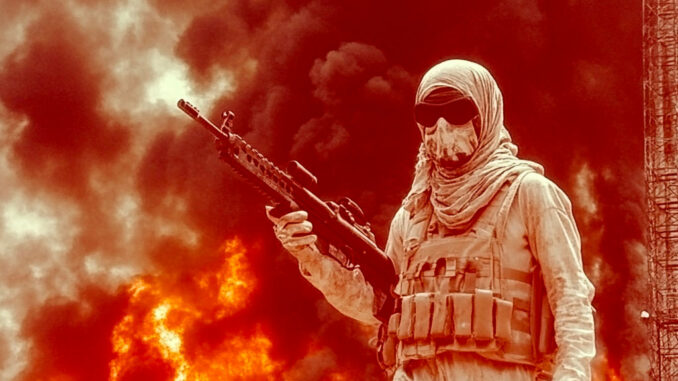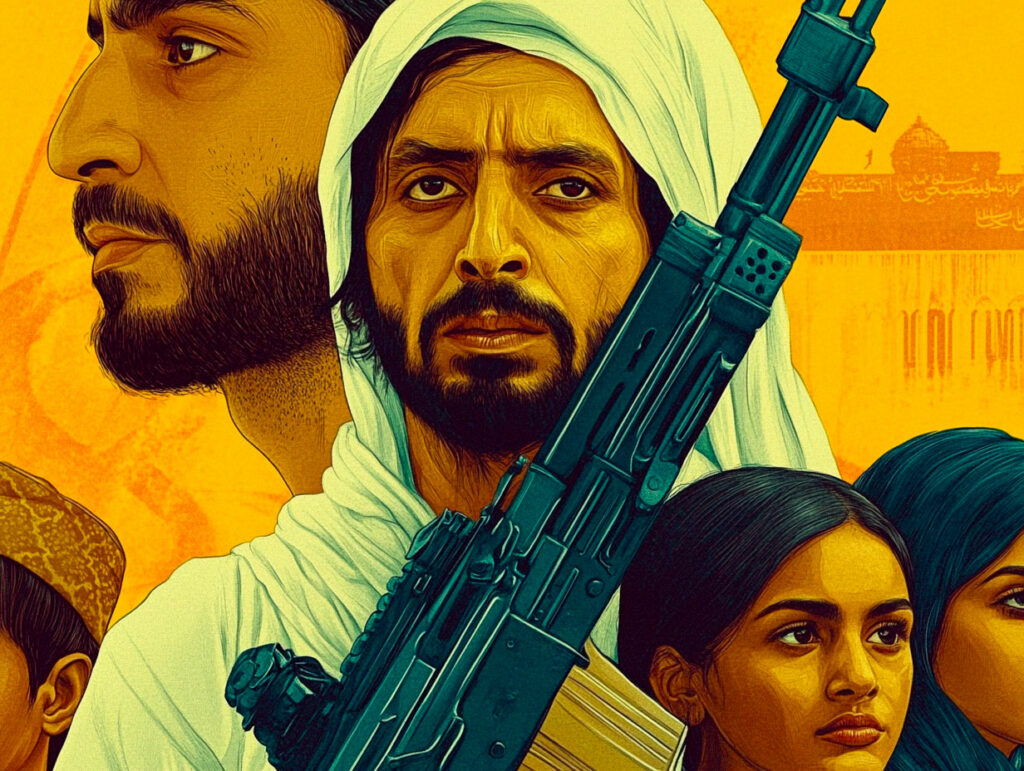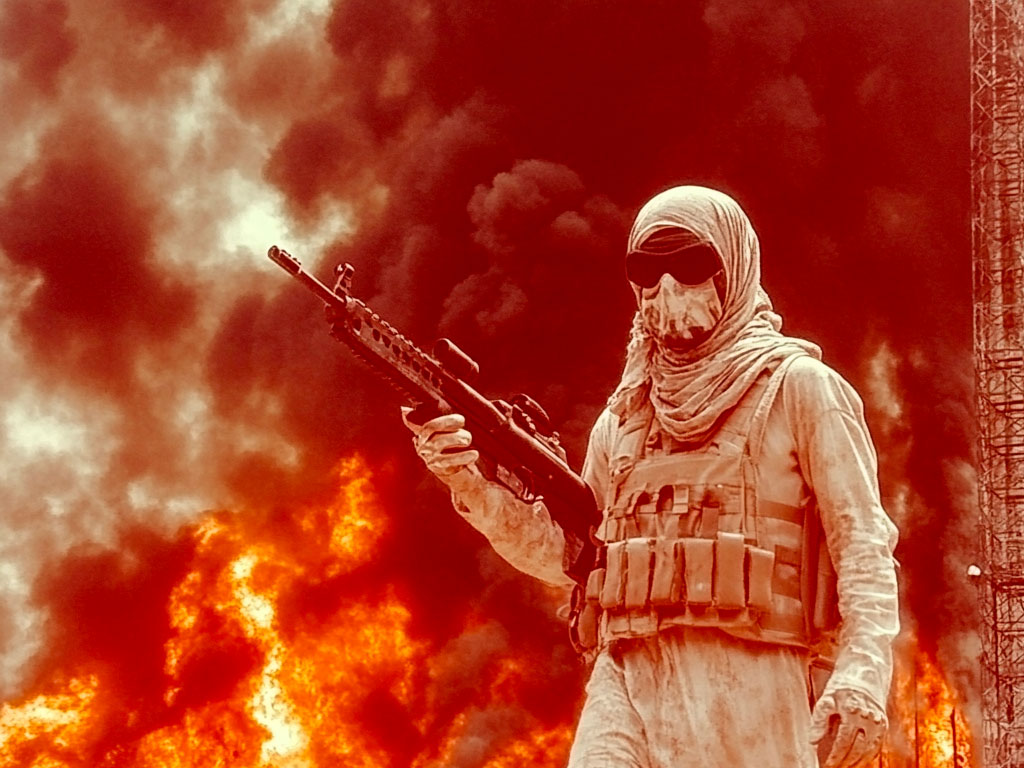
Analysis of the role of Islamic terrorism in Muslim societies, its economic impact and international responses to this challenge.
Islamic terrorism remains a major threat to Muslim societies themselves. 90% of the victims of these attacks are Muslim, often accused of heresy or religious inadequacy. Africa and Central Asia are among the regions most affected. In West Africa, groups such as al-Qaeda JNIM exploit political instability, while in Central Asia, the former Soviet republics effectively contain the threat through repressive policies and growing economic prosperity.
An internal threat to Muslim societies
Islamic terrorism, often perceived as a threat to the West, in reality strikes majority of Muslim societies. According to available data, almost 90% of the victims of Islamist terrorist attacks are Muslims. This is due to the ideologies of extremist groups, who consider a large proportion of Muslims to be insufficiently pious or heretical.
In Africa, attacks carried out by organizations such as al-Qaeda in the Islamic Maghreb or its affiliates, such as JNIM in Mali, illustrate this phenomenon. In 2023, an attack in Barsalogho, Burkina Faso, carried out from bases in Mali, resulted in the death of 500 civilians. These massacres often target villages deemed loyal to local governments or opposed to terrorist ideologies.
This violence has a devastating effect on the social and economic fabric of the countries affected. In Mali, for example, attacks displaced more than 400,000 people in 2024, exacerbating an already severe humanitarian crisis. Political instability, with three coups d’état since 2012, has paralyzed international stabilization and development efforts.

The role of natural resources in conflict
Natural resources, particularly gold, play a central role in conflicts in the Sahel. Mali, Africa’s third-largest gold producer, generates around 70 tonnes of gold a year, accounting for 10% of its GDP. However, the exploitation of these mines is often marked by informal practices and the involvement of armed groups.
Since 2021, the Malian military government has relied on Russian mercenaries, notably the Wagner group, to secure mining sites. This collaboration has led to an increase in production, but also to accusations of exactions against local populations. Gold revenues, while crucial to the Malian economy, also fuel corruption, limiting their impact on national development.
This situation exacerbates social tensions, increasing discontent with the military government. In the long term, better regulation of the mining sector is essential to reduce the hold of armed groups and improve living conditions.
Central Asia: a model of resilience
Unlike West Africa, Central Asia has managed to contain the terrorist threat through a combination of repression and economic prosperity. The region’s five nations, heirs to the Soviet Union, maintain strict control through efficient intelligence services and authoritarian policies.
Between 2002 and 2018, around 5,000 fighters from Central Asia joined groups like the Islamic State, but few returned. This has limited attacks in the region, where responses to isolated incidents are generally swift and effective. By comparison, neighboring Afghanistan, with a literacy rate of just 27%, illustrates the risks of ineffective governance.
Central Asia is also enjoying stable economic growth. The region’s total GDP has risen from 347 billion euros in 2021 to almost 500 billion euros in 2030. Countries like oil-rich Kazakhstan boast a GDP per capita of 33,000 euros, well above that of neighboring economies.

Geopolitical and economic consequences
Islamic terrorism has major geopolitical repercussions, attracting the attention of international powers such as Russia and China. These two nations are vying to influence the countries of Central Asia, where China dominates thanks to massive investment in infrastructure via the New Silk Roads initiative.
In West Africa, Russia’s involvement, notably through the Wagner Group, reflects a strategy aimed at filling the void left by the withdrawal of French forces. However, this approach raises questions about its long-term effectiveness, given the growing hostility of local populations to foreign mercenaries.
Efforts to combat terrorism require integrated solutions, combining security and economic development. In this respect, investment in education and employment could offer alternatives to young people at risk of joining extremist groups.
Islamic terrorism remains a complex threat, requiring responses tailored to local realities. In both Africa and Central Asia, the challenges are manifold, ranging from political instability to poverty. However, examples of effectiveness in Central Asia show that a combination of economic prosperity and strong governance can reduce the threat. For West Africa, a stronger international commitment, focused on good governance and development, is essential to break the cycle of violence.
War Wings Daily is an independant magazine.